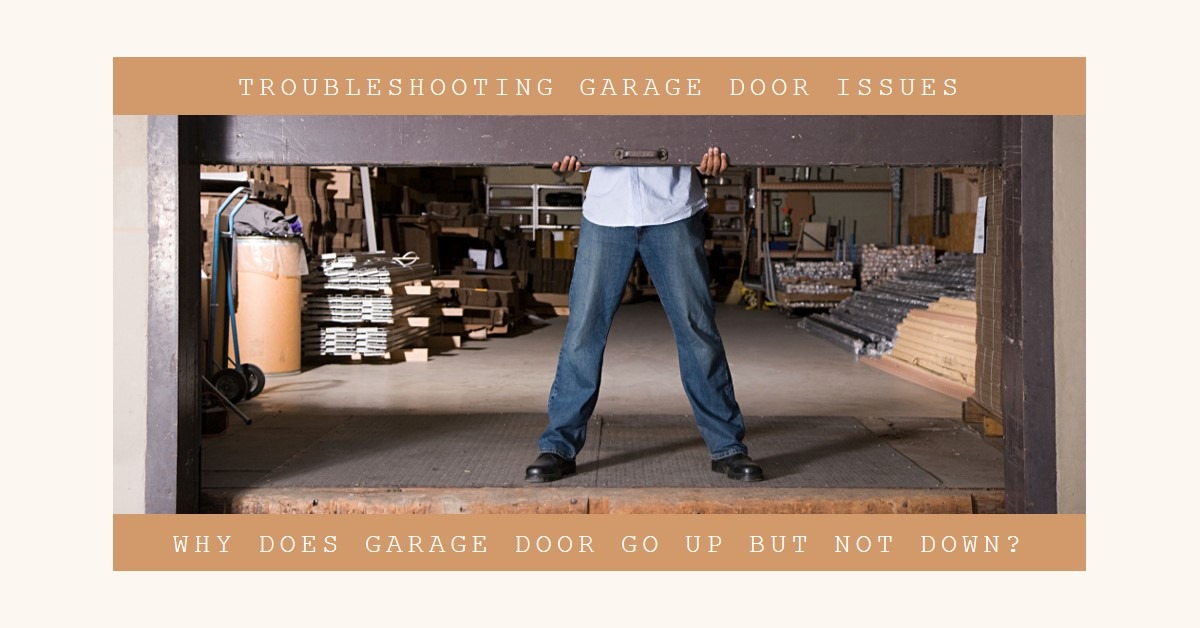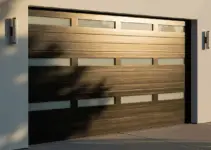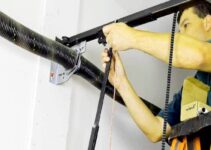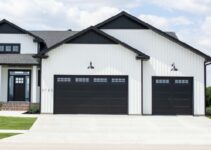The convenience of an automatic garage door is something homeowners in 2025 continue to rely on daily. With just a push of a button, your garage door glides open smoothly—providing security, accessibility, and even curb appeal. But when that convenience suddenly breaks down—especially when the door opens but refuses to close—it can be frustrating, confusing, and potentially dangerous.
This problem is more common than you might think. And while it may seem like a major issue, in many cases, it’s caused by a relatively simple malfunction.
In this guide, we’ll walk you through the components of a garage door system, why your door might go up but not come down, how to troubleshoot the issue, and when to call a professional. We’ll also include maintenance tips to help prevent this problem in the future.
Understanding Garage Door Mechanics in 2025

Garage doors operate using a sophisticated network of mechanical and electronic components, all of which must function together to provide seamless operation. Here’s a breakdown of the key parts involved:
Key Components of a Garage Door System
- Garage Door Panels – The physical structure of the door, often made of steel, wood, or composite materials.
- Garage Door Opener – A motorized device that moves the door up or down via a chain, belt, or screw drive.
- Tracks and Rollers – Metal guides on the sides of the door and small wheels (rollers) that allow the door to move smoothly.
- Torsion or Extension Springs – Heavy-duty springs that counterbalance the weight of the door and assist in lifting and lowering.
- Cables – Steel cables connected to the springs and drums that help move the door.
- Safety Sensors – Located at the bottom of each side of the garage door, these detect obstructions and stop the door from closing if something is in the way.
- Control Systems – Wall-mounted keypads, remotes, smartphone apps, and even smart home integrations control the opener.
Why Your Garage Door Goes Up But Not Down
Several issues can prevent your garage door from closing—even though it still opens just fine. Let’s explore the most common causes:
1. Sensor Misalignment or Obstruction
Modern garage doors are equipped with infrared safety sensors at the base of the track. These sensors must point at each other perfectly to function. If anything interrupts the beam—dust, leaves, trash bins, or even spiderwebs—the door won’t close.
Common signs of sensor issues:
- Flashing lights on the opener
- Clicking sound but no movement
- One sensor light is off or blinking
Quick fix: Clean the sensors and gently realign them until both lights are solid.
2. Garage Door Opener Problems
The garage door opener could be failing to send the correct signal to lower the door.
Possible issues:
- Internal logic board malfunction
- Wiring issues or burnt fuses
- Faulty remote signal reception
- Corrupt firmware (on smart openers)
In 2025, many openers come with Wi-Fi and app integration. Check your smartphone app for error codes or operational issues.
3. Damaged or Misaligned Tracks
If the tracks on either side of the door are bent, misaligned, or blocked, the rollers may get stuck while lowering the door—even though they move up without issue.
What to look for:
- Scraping or grinding noises
- Gaps between the rollers and track
- Visible dents or debris
DIY tip: Clean the tracks and gently tap small bends back into place using a rubber mallet. Use a level to check alignment.
4. Broken Springs or Cables
Springs and cables are under enormous tension. If they’re damaged or broken, the opener may refuse to lower the door to prevent further harm or injury.
Signs of spring or cable failure:
- Loud snapping noise during operation
- One side of the door hangs lower than the other
- The door slams shut or refuses to move down
Important: Never attempt to replace a spring or cable on your own—these are dangerous components that should be handled by trained technicians.
5. Power Supply Disruption
Your opener needs consistent power to function properly. If power is interrupted, the door might open on battery backup but won’t close.
Things to check:
- Plug the opener into another outlet
- Inspect the circuit breaker or fuse box
- Test the wall switch and remote
- Replace backup battery (typically every 3–5 years)
Step-by-Step Troubleshooting Guide
If your garage door opens but won’t close, follow these steps before scheduling a service call:
Step 1: Check and Clean the Safety Sensors
- Wipe the lenses with a microfiber cloth
- Ensure both sensor lights are on and not blinking
- Remove any objects blocking the sensor path
Step 2: Reset or Reprogram the Opener
- Unplug the unit for 30 seconds and plug it back in
- Reprogram remotes or smart devices using the manual
- Check for LED indicators showing errors
Step 3: Inspect the Tracks and Rollers
- Use a flashlight to check for obstructions or misalignment
- Apply garage door lubricant to rollers and hinges
- Don’t use WD-40—it’s not made for garage door parts
Step 4: Test the Wall Switch and Remote
- Try both to see if either works
- If only the remote works, the wall unit may be faulty
- Replace remote batteries as needed
Step 5: Review Power and Battery Backup
- Confirm the opener is plugged in
- Reset any tripped breakers
- If you have a battery backup model, test or replace the battery
When to Call a Garage Door Professional
You should contact a certified technician if:
- The problem persists after troubleshooting
- You hear grinding or snapping noises
- Springs or cables appear worn or broken
- The door feels unusually heavy or uneven
Attempting repairs without proper tools and training can cause injury or further damage. In 2025, many garage door companies offer smart diagnostics, allowing them to detect issues remotely through your connected opener.
Preventive Maintenance Tips for 2025
1. Lubricate All Moving Parts (Every 6 Months)
Use lithium- or silicone-based lubricant on:
- Rollers
- Hinges
- Tracks
- Springs
2. Clean and Inspect the Tracks
- Remove dust and debris
- Look for rust or corrosion
- Tighten any loose screws or bolts
3. Test the Safety Features
- Place an object under the door—does it auto-reverse?
- Interrupt the sensor beam—does the door stop closing?
4. Review and Adjust Opener Settings
- Check the force and travel limit settings in the opener
- Adjust according to the manufacturer’s guide
- Update your smart opener’s firmware, if applicable
Final Thoughts
If your garage door goes up but won’t come down, don’t worry. Start with a few easy checks—especially the safety sensors and power supply. With a bit of troubleshooting and basic maintenance, you might resolve the issue without needing professional help.
However, for broken springs, damaged cables, or persistent issues, call a professional technician. Your safety and your garage door’s performance are worth it.


